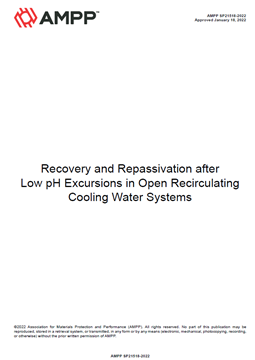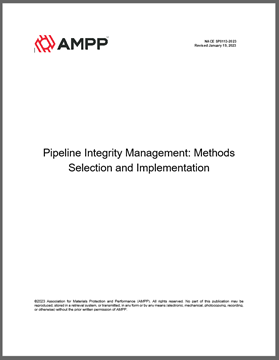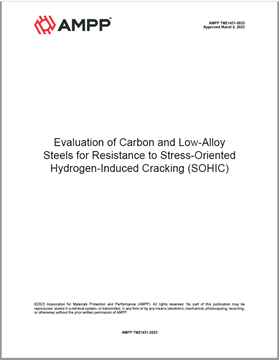Produced fluids in O&G sector in general do not contain oxygen, but oxygen ingress can occur at locations. Examples of such spaces can include but not limited to vapor space in tanks, custody transfers, injection pumps, vapor recovery systems, operating pumps with faulty seals, pipelines that are not properly purged of oxygen during commissioning operations, gas lift operations, methanol use or pigging operations.
This contamination of O2 in sweet/sour systems can lead to oxygen induced corrosion and may cause high general and pitting corrosion rates and failures.
Product Number:
MECC23-20154-SG
Author:
Geeta Rana, Henry Garlick, Caleb Clark, Jeremy Moloney
Publication Date:
2023
$20.00
$20.00
$20.00
The presence of small amounts of oxygen can pose a severe threat to the integrity of oil & gas pipelines and contribute to sharp increase in corrosion rates and metal loss in gas pipeline infrastructure. In general technologies such as catalytic oxidation and the solid beds towers can be used along with engineering solutions to control oxygen ingress. However, many operators prefer to use chemical treatment for mitigating oxygen corrosion, but commercially available oilfield corrosion inhibitors do not provide adequate corrosion protection under elevated levels of oxygen; hence, a new product was developed.
This work highlights the development and qualification of a corrosion inhibitor that can provide excellent corrosion protection in gas and multi-phase applications where oxygen can be of concern. Performance evaluations were performed in sweet systems containing oxygen using O2 + CO2 gas mixtures in rotating cylinder electrode (RCE) testing. The oxygenated RCE test matrices varied the temperature, shear, and pH; the product was successful at mitigating corrosion at about 90% protection (under the conditions evaluated. Blank corrosion rate ranged from (100mpy -25mpy) at different shear, temperature and pH, while inhibited corrosion rates ranged from (10mpy -20mpy). Both localized corrosion and general corrosion measurements were conducted.
Laboratory evaluations were also conducted under sour conditions in the presence of oxygen in rotating cage autoclave (RCA) and the product passed with general corrosion rate (<4mpy) and localized corrosion criteria (no features above 20 μm), which translates to 3.59 mpy in pit rate. Field trial results with the product will also be discussed.




